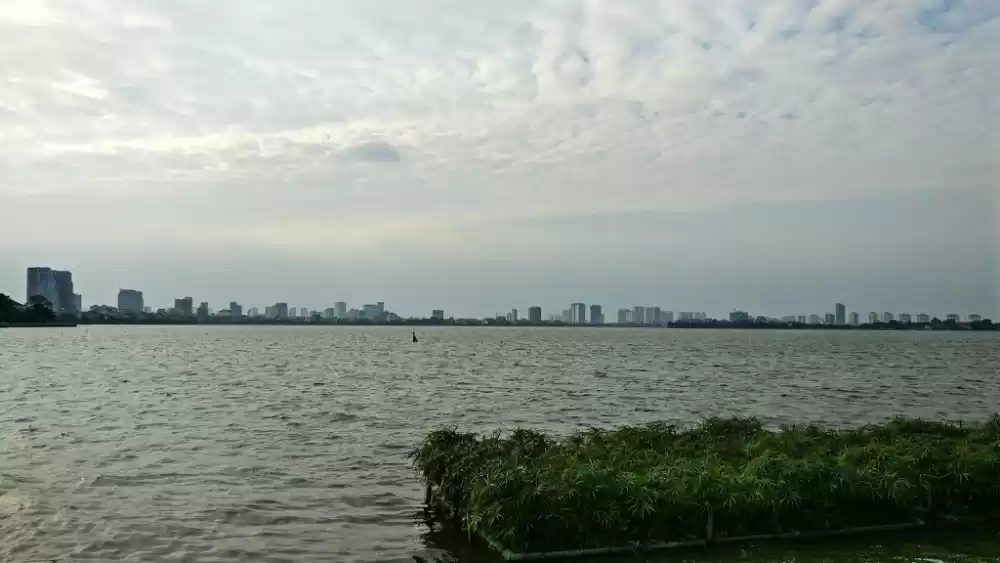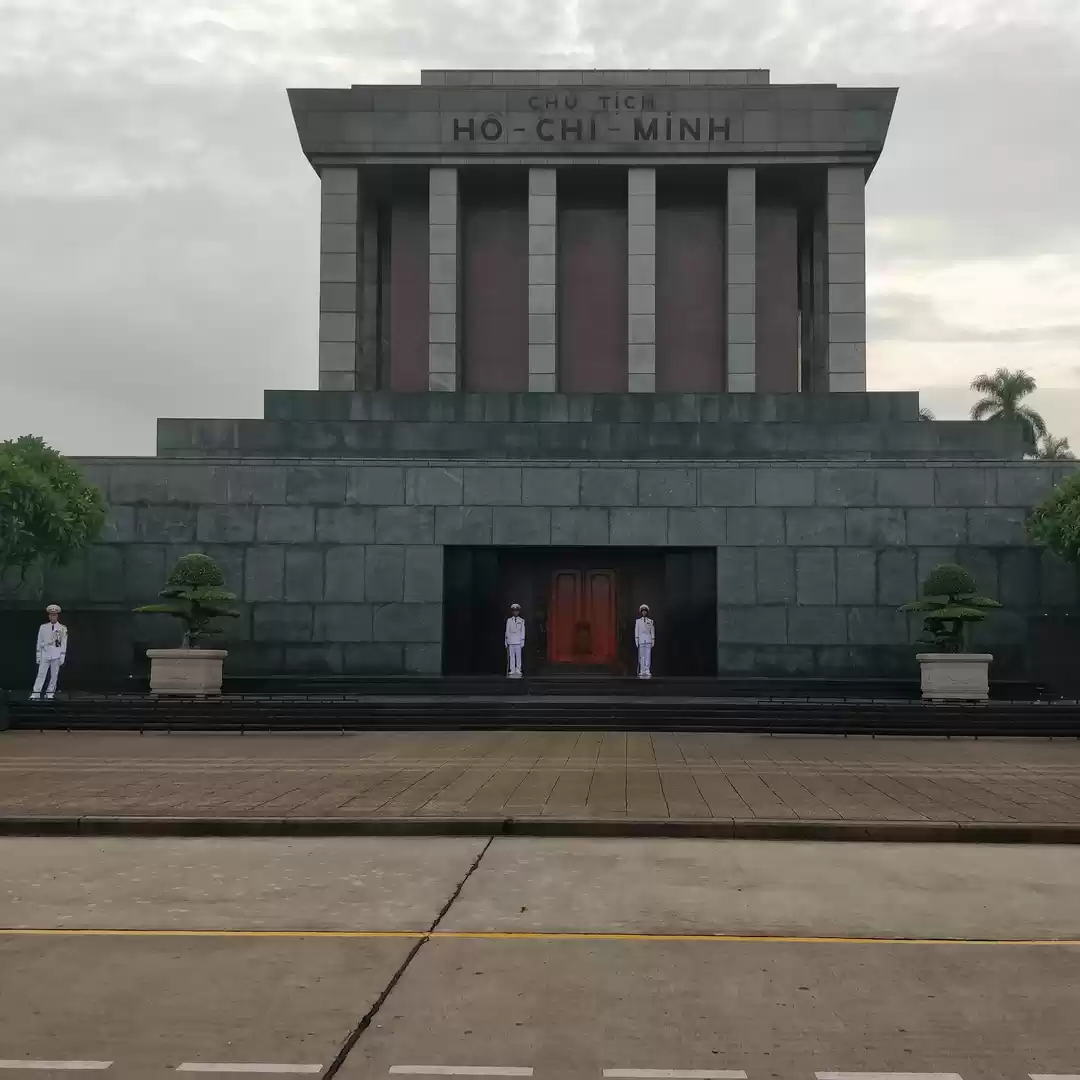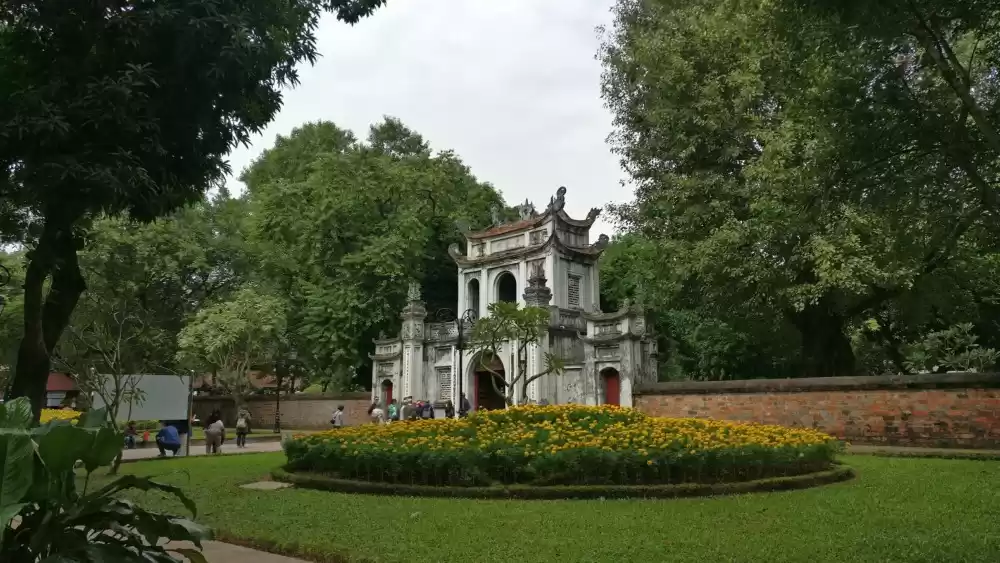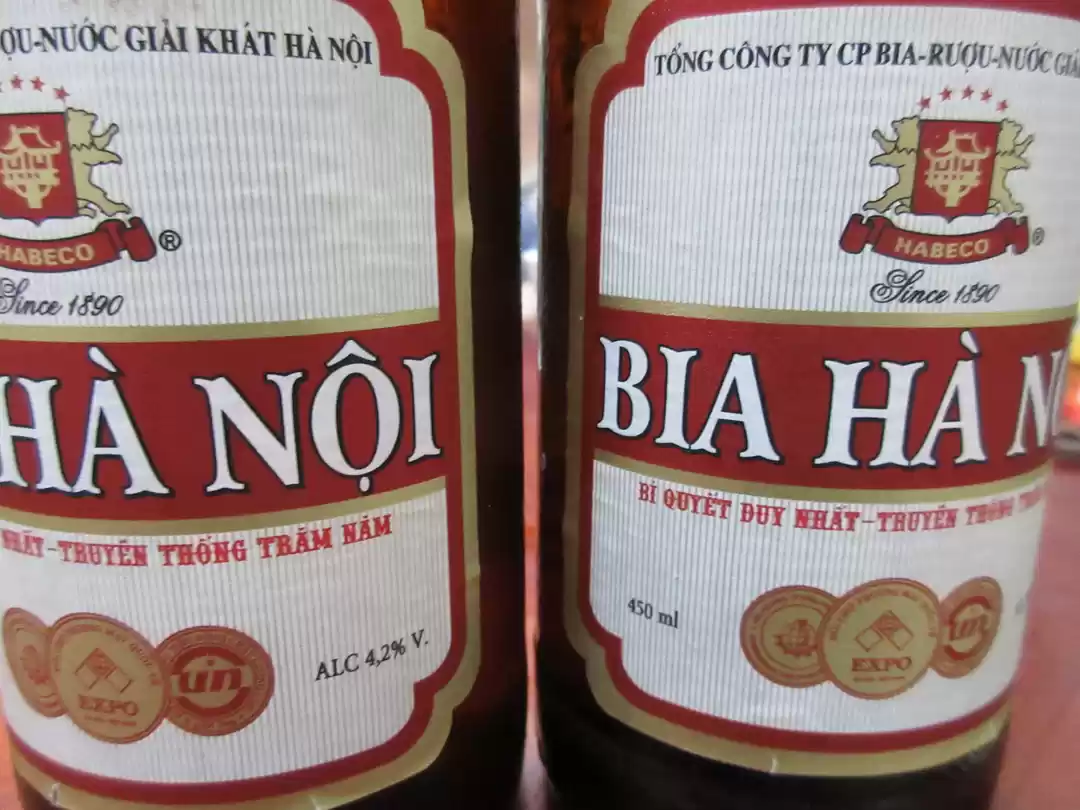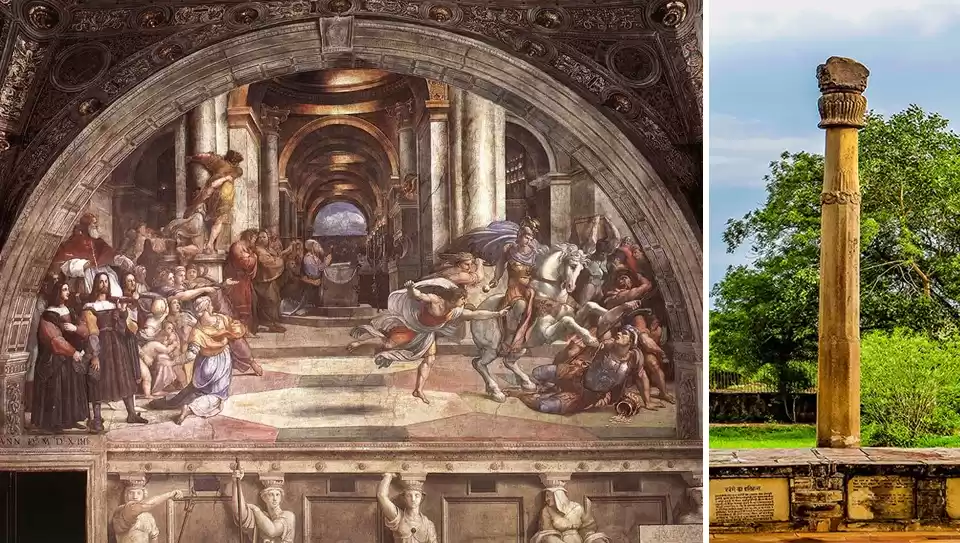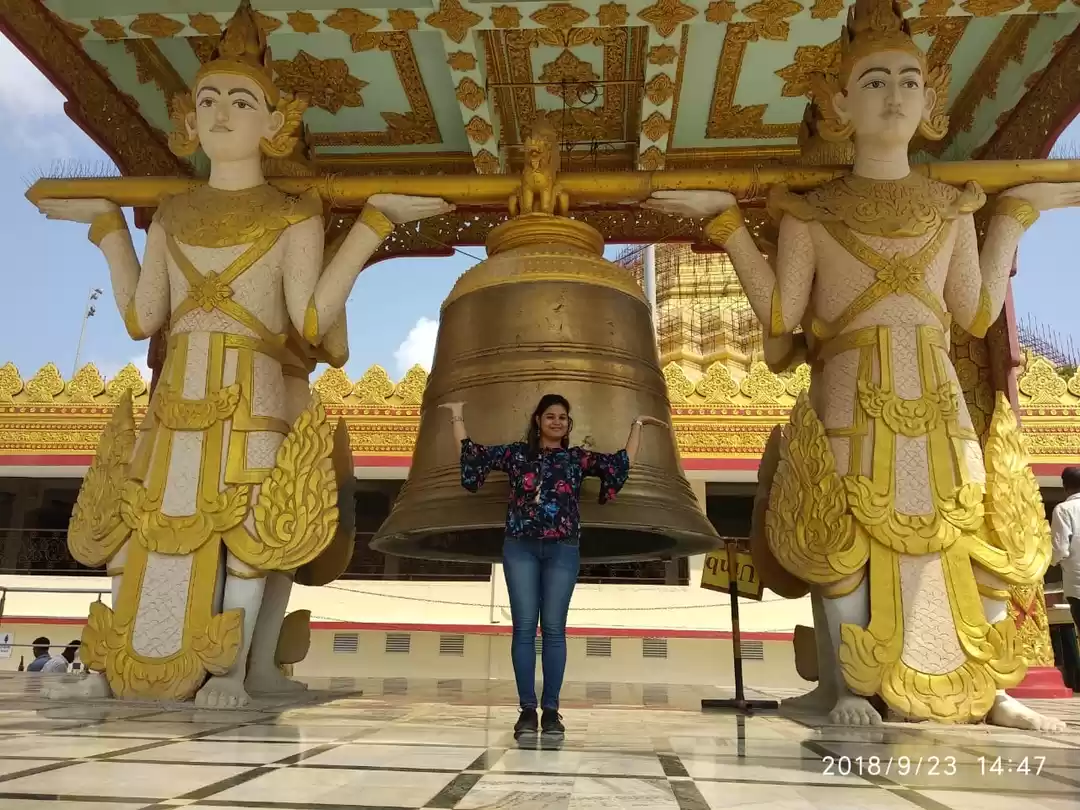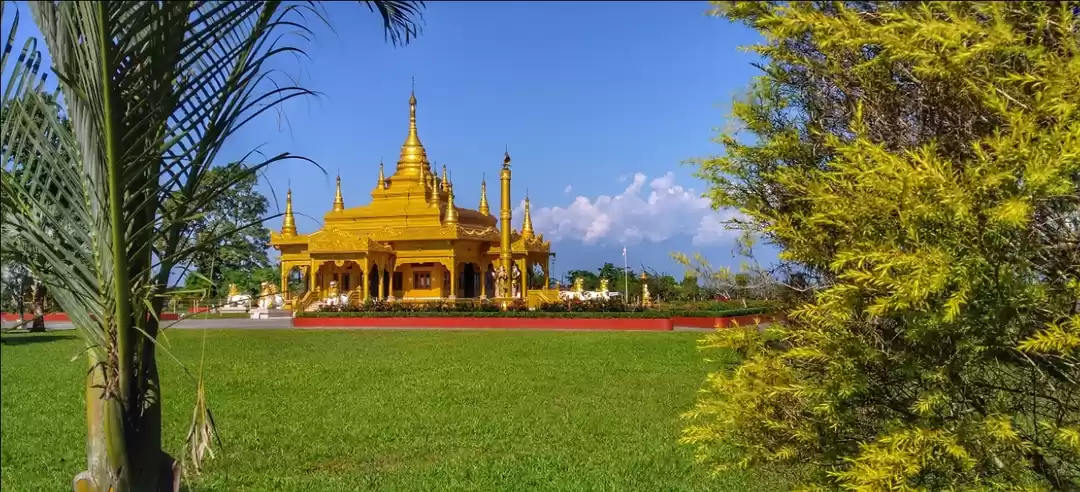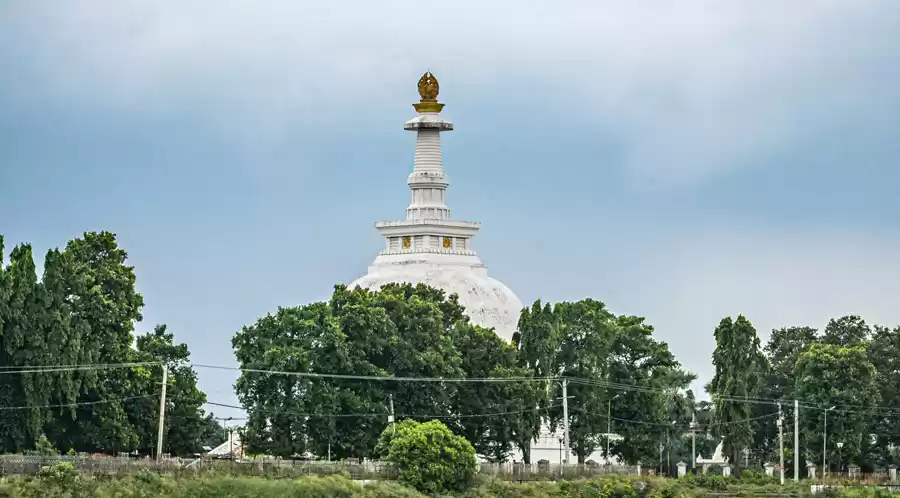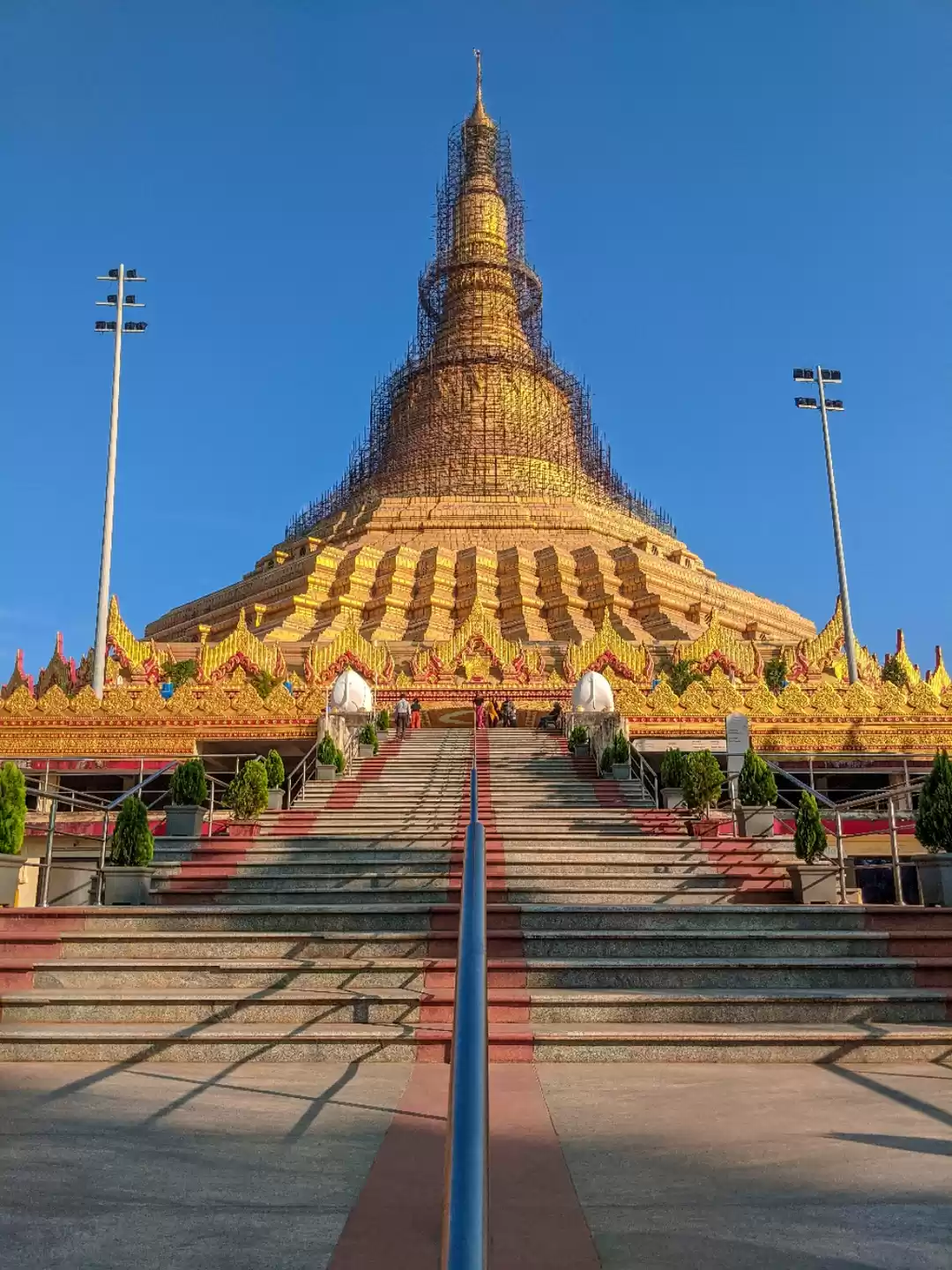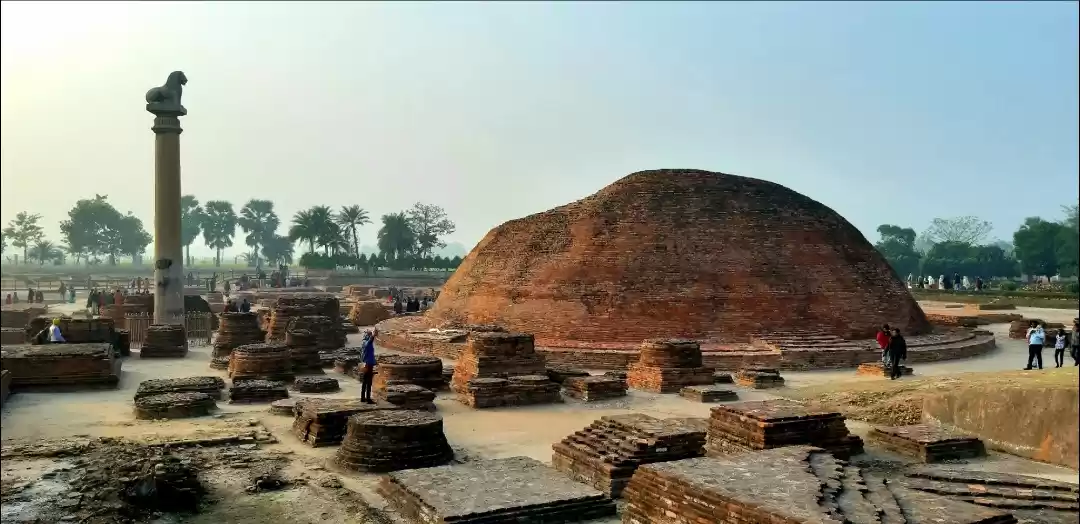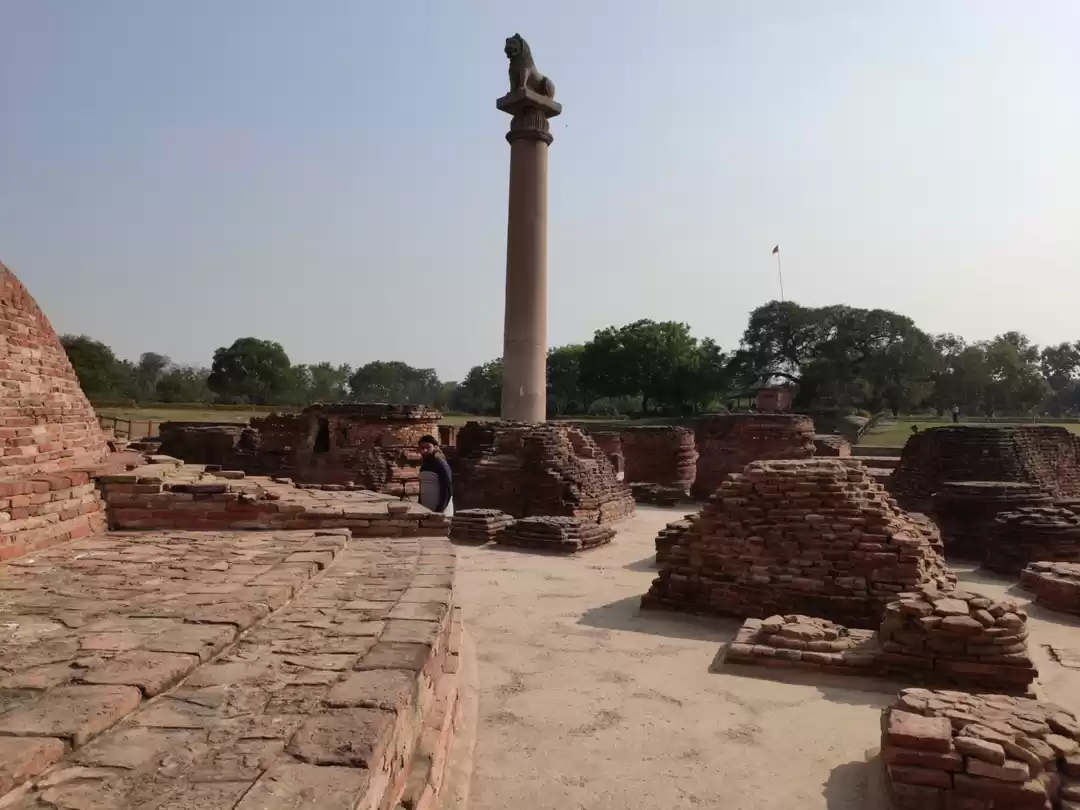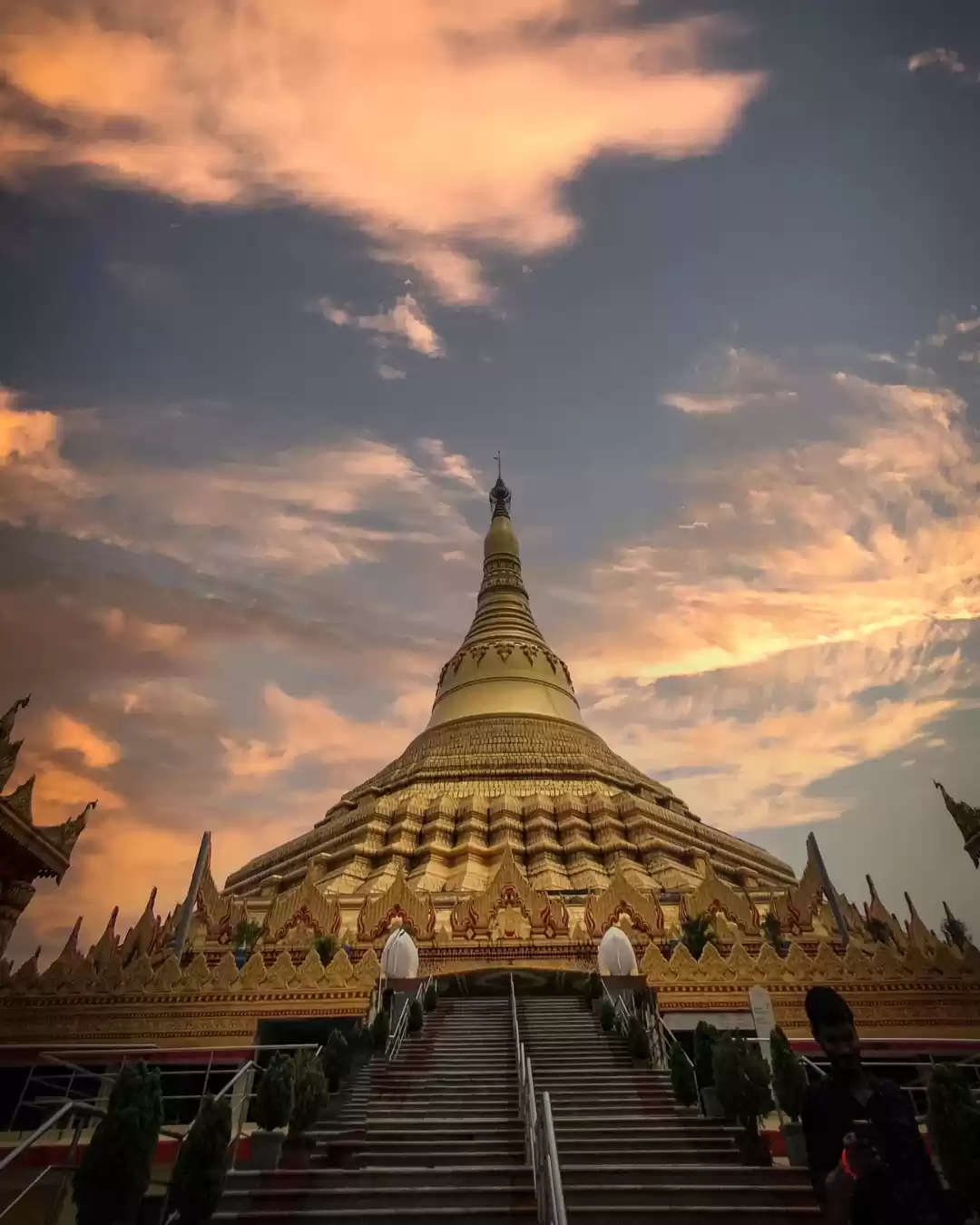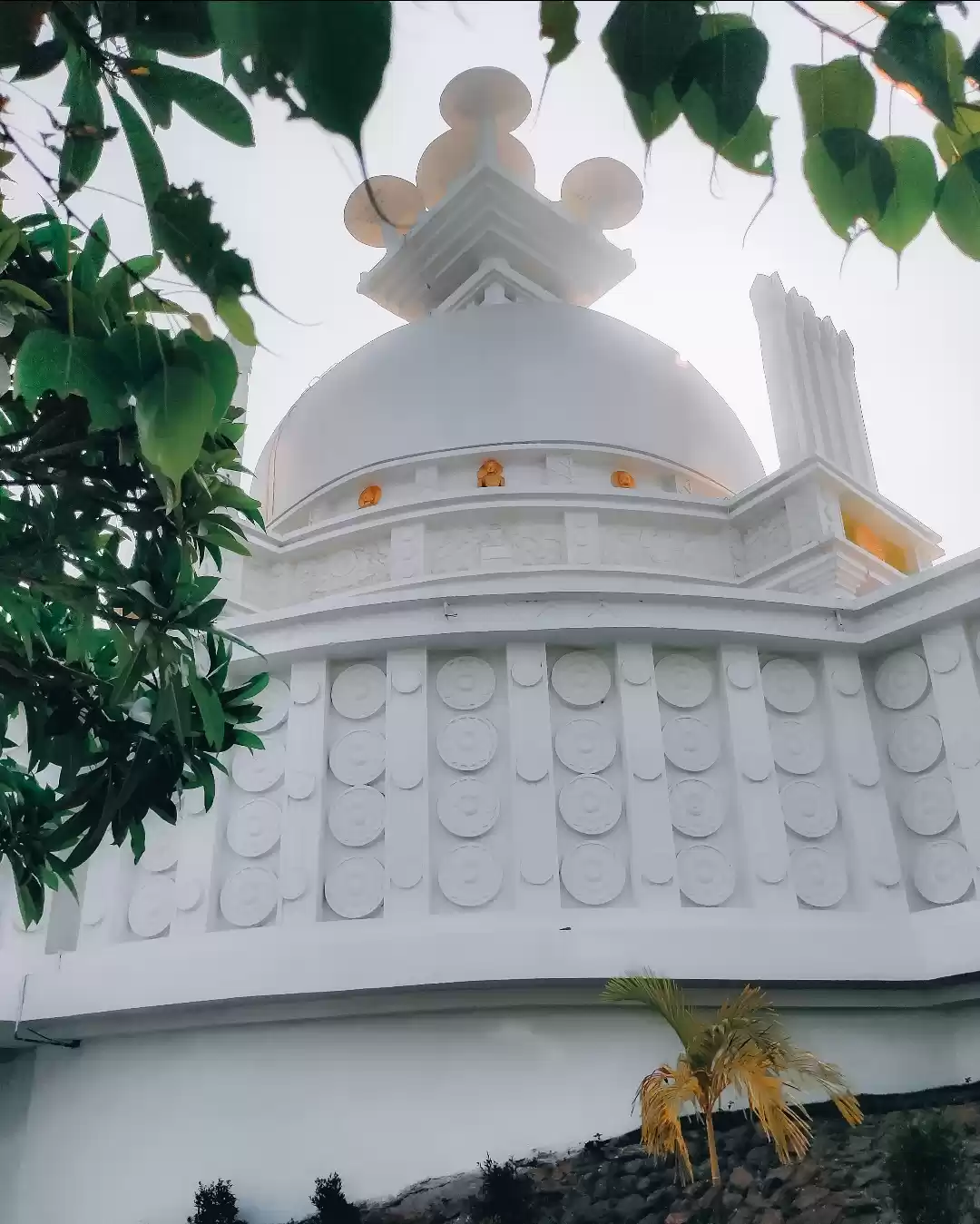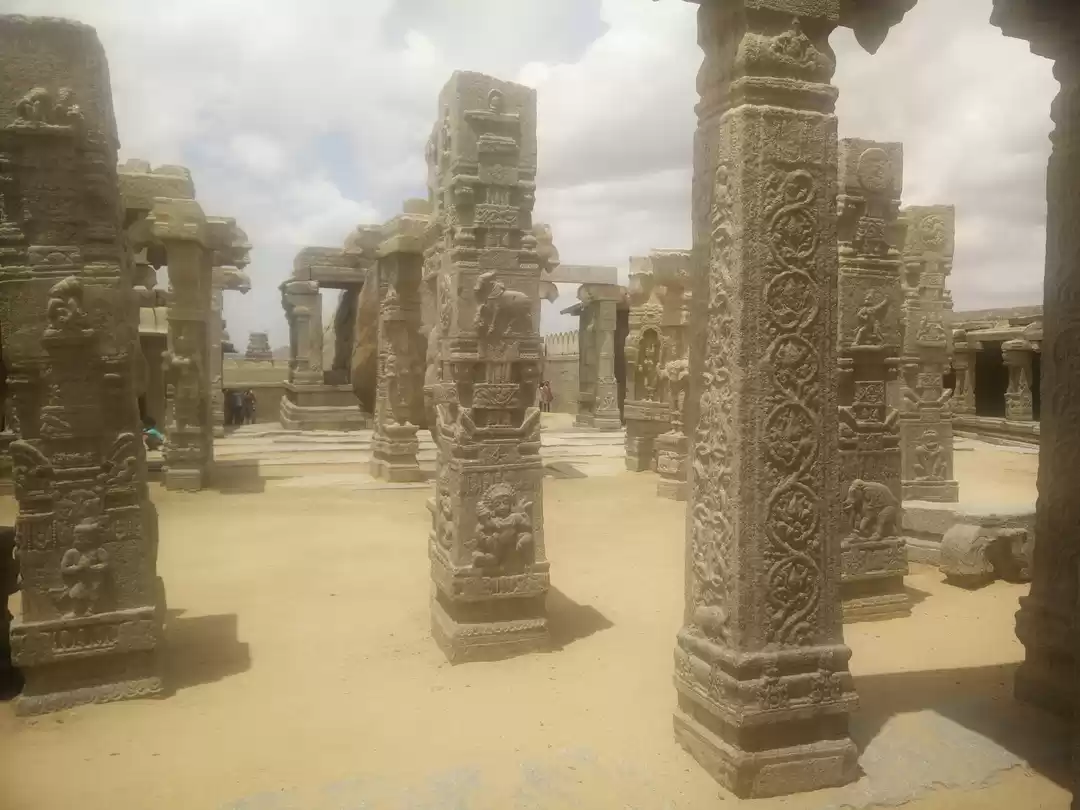Have you ever seen a pagoda that stands on a single pillar? If not, then you should definitely visit the one pillar pagoda in Hanoi, Vietnam. This pagoda is not only the most unique and iconic pagoda in Vietnam, but also one of the most revered and sacred Buddhist sites in Asia. The one pillar pagoda is a symbol of Hanoi and Vietnam, and a testament to the ancient and rich culture and history of this country.
In this article, you will learn everything you need to know about the one pillar pagoda, from its history and legend, to its architecture and design, to its meaning and significance, to its attractions and activities, to its practical information and tips. Whether you are a history buff, a culture lover, or a spiritual seeker, you will find something to inspire and amaze you at the one pillar pagoda.
History and Legend of the One Pillar Pagoda
The one pillar pagoda, or Chua Mot Cot in Vietnamese, literally means “pagoda on a pillar”. The name comes from the fact that the pagoda is built on a single stone pillar that rises from a lotus pond. The pagoda was originally constructed in 1049 by King Ly Thai Tong, the founder of the Ly Dynasty, which ruled Vietnam from 1009 to 1225.
According to legend, King Ly Thai Tong was childless and prayed to Quan Am Bo Tat, the Goddess of Mercy, to grant him a son. One night, he had a dream in which he saw the goddess sitting on a lotus flower and handing him a baby boy. Soon after, he married a peasant girl who gave birth to his son and heir. To express his gratitude and devotion to the goddess, he ordered the construction of a pagoda that resembled his dream. The pagoda was designed to look like a lotus blossom rising from the water, symbolizing purity and enlightenment.
The one pillar pagoda has survived many wars and invasions over the centuries, but it was not always intact. In 1954, the French colonial forces destroyed the original wooden structure before they withdrew from Vietnam. However, the Vietnamese people rebuilt the pagoda in 1955, restoring its original appearance and spirit. In 1962, the pagoda was recognized as a national heritage and a unique architecture in Asia by the Ministry of Culture and Information of Vietnam.
Architecture and Design of the One Pillar Pagoda
The one pillar pagoda is a masterpiece of Vietnamese architecture and design. The pagoda consists of a wooden structure that rests on a single stone pillar that measures 1.25 meters in diameter and 4 meters in height. The wooden structure measures 3 meters by 3 meters and has a curved roof that resembles a lotus petal. The roof is decorated with two yin and yang circles that represent the harmony and balance of the universe.
The pagoda is accessible by a wooden staircase that leads to a small door. Inside the pagoda, there is a main altar that houses a statue of Quan Am Bo Tat, the Goddess of Mercy, sitting on a lotus flower. The statue is made of bronze and coated with gold. The statue is believed to have miraculous powers and can grant wishes to those who pray sincerely. The pagoda also has a bell that is rung by the monks every morning and evening to announce the prayers.
The pagoda is surrounded by a lotus pond that adds to the beauty and tranquility of the site. The lotus is a sacred symbol in Buddhism, as it represents the purity and enlightenment of the Buddha. The lotus also symbolizes the resilience and perseverance of the Vietnamese people, who have overcome many hardships and challenges throughout history. The pagoda and the pond create a stunning contrast and harmony between the natural and the artificial, the earth and the sky, the water and the fire.
Meaning and Significance of the One Pillar Pagoda
The one pillar pagoda is not only a remarkable architectural and artistic achievement, but also a meaningful and significant cultural and spiritual site. The pagoda is a symbol of Hanoi and Vietnam, and a source of pride and inspiration for the Vietnamese people. The pagoda reflects the ancient and rich history and culture of Vietnam, and the influence and integration of Buddhism in the Vietnamese society.

The pagoda is also a sacred and revered Buddhist site, and a place of worship and pilgrimage for many devotees. The pagoda is dedicated to Quan Am Bo Tat, the Goddess of Mercy, who is one of the most popular and beloved bodhisattvas in Mahayana Buddhism. A bodhisattva is a being who has attained enlightenment, but chooses to remain in the world to help others achieve the same. Quan Am Bo Tat is known for her compassion and kindness, and her ability to hear and respond to the cries of the suffering.
The pagoda is believed to have a wish-fulfilling power, and many visitors come to the pagoda to pray and make offerings to the goddess. Some of the common wishes are for health, happiness, peace, prosperity, and fertility. Many couples who are childless or have difficulties conceiving visit the pagoda to seek the blessing of the goddess, following the example of King Ly Thai Tong. Many visitors also report experiencing miracles and wonders after visiting the pagoda, such as healing from illnesses, finding love, or overcoming obstacles.
Attractions and Activities Near the One Pillar Pagoda
After visiting the one pillar pagoda, you can explore the surrounding area and enjoy some of the best attractions and activities that Hanoi has to offer. Here are some of the nearby places that you can check out:
Ho Chi Minh Mausoleum:
This is the final resting place of Ho Chi Minh, the founding father of modern Vietnam. You can see his preserved body in a glass coffin and pay your respects to the revered leader. The mausoleum is open from 8 am to 11 am from Tuesday to Thursday and on weekends, except for October and November when it is closed for maintenance. The entrance is free, but you need to follow a strict dress code and etiquette. The mausoleum is located within walking distance from the one pillar pagoda.
Ho Chi Minh Museum:
This is a museum dedicated to the life and legacy of Ho Chi Minh. You can learn about his childhood, his revolutionary activities, his role in the Vietnam War, and his vision for the country. The museum displays various artifacts, documents, photos, and videos related to Ho Chi Minh and the history of Vietnam. The museum is open from 8 am to 12 pm and from 2 pm to 4:30 pm from Tuesday to Sunday. The entrance fee is 40,000 VND (about 1.7 USD) per person. The museum is located next to the mausoleum.
Presidential Palace:
This is a French colonial building that served as the residence of the governors of Indochina and later the presidents of Vietnam. It is a beautiful example of neoclassical architecture, with yellow walls, green shutters, and a large garden. The palace is not open to the public, but you can admire it from the outside and take photos. The palace is located near the mausoleum and the museum.
Temple of Literature:
This is a temple dedicated to Confucius, the ancient Chinese philosopher and teacher. It is also the site of the first university in Vietnam, founded in 1076. You can see the stone steles that bear the names of the graduates, the altars and statues of Confucius and his disciples, and the pavilions and courtyards that reflect the traditional Vietnamese architecture. The temple is open from 8 am to 5 pm every day. The entrance fee is 30,000 VND (about 1.3 USD) per person. The temple is located about 2 km from the one pillar pagoda.
Tran Quoc Pagoda:
This is the oldest pagoda in Hanoi, dating back to the 6th century. It is located on a small island in the West Lake, the largest lake in the city. You can see the impressive stupa that rises above the water, the ornate gates and halls, and the statues and relics of Buddha and other deities. The pagoda is open from 7:30 am to 11:30 am and from 1:30 pm to 5:30 pm every day. The entrance is free, but you need to dress modestly and behave respectfully. The pagoda is located about 3 km from the one pillar pagoda.
West Lake:
This is the largest lake in Hanoi, covering an area of 17 square kilometers. It is a popular spot for locals and tourists to enjoy the scenery, the breeze, and the activities. You can rent a bike, a boat, or a swan pedal to explore the lake and its surroundings. You can also visit some of the temples, pagodas, and gardens that dot the lake’s shore. You can also try some of the local delicacies, such as snails, shrimps, and lotus seeds, at the many restaurants and cafes that line the lake. The lake is accessible from various points in the city.
Old Quarter:
This is the historical and cultural heart of Hanoi, where you can experience the charm and chaos of the city. You can wander through the narrow streets and alleys, each named after a specific trade or craft, such as silk, silver, paper, etc. You can shop for souvenirs, antiques, handicrafts, and more at the countless stalls and shops. You can also taste some of the best street food, such as pho, banh mi, egg coffee, and more at the numerous vendors and eateries. You can also enjoy some of the nightlife, such as bars, clubs, and live music, at the lively Ta Hien Street. The Old Quarter is located about 4 km from the one pillar pagoda.
Dong Xuan Market:
This is the largest and oldest market in Hanoi, dating back to 1889. It is a four-story building that sells everything from clothes, accessories, electronics, household items, to fresh produce, seafood, meat, and spices. You can bargain for the best prices and find some hidden gems among the thousands of goods. You can also try some of the local snacks, such as spring rolls, noodles, and dumplings, at the food stalls and vendors. The market is open from 6 am to 7 pm every day. The market is located in the Old Quarter, about 4 km from the one pillar pagoda.
Water Puppet Theatre:
This is a unique and traditional form of Vietnamese art, dating back to the 11th century. It is a show that features wooden puppets that are controlled by hidden puppeteers in a pool of water. The puppets perform stories and scenes from the Vietnamese folklore, culture, and history, accompanied by live music and singing. The show is entertaining, colorful, and humorous, suitable for all ages. The show lasts for about an hour and costs 100,000 VND (about 4.3 USD) per person. The show is available at various times throughout the day and night. The theatre is located in the Old Quarter, about 4 km from the one pillar pagoda.
Practical Information and Tips for Visiting the One Pillar Pagoda
If you are planning to visit the one pillar pagoda, here are some useful information and tips that you should know before you go:
- The location and address of the pagoda is Chùa Một Cột, Đội Cấn, Ba Đình, Hà Nội, Vietnam. You can use Google Maps or other navigation apps to find the best route to the pagoda from your location.
- The easiest and cheapest way to get to the pagoda is by bus. You can take bus number 9, 18, 22, 33, or 45 and get off at the stop near the Ho Chi Minh Mausoleum. From there, you can walk for about 10 minutes to the pagoda. The bus fare is 7,000 VND (about 0.3 USD) per person.
- You can also take a taxi, a Grab, or a motorbike taxi to the pagoda. The fare depends on the distance and the traffic, but it should not cost more than 100,000 VND (about 4.3 USD) from the city center. You can use the Grab app or other ride-hailing apps to book a ride and pay online or in cash.
- You can also rent a bike, a scooter, or a car and drive to the pagoda by yourself. You can find many rental shops and agencies in the city that offer different options and prices. You can use the Traveloka app or other travel apps to compare and book a rental service online or in person.
- The opening hours of the pagoda and the temple complex are from 8 am to 5 pm every day. The entrance is free, but you need to register at the gate and show your ID or passport. You also need to leave your shoes and bags at the locker room before entering the pagoda.
- The best time to visit the pagoda is in the early morning or late afternoon, when the weather is cooler and the crowd is smaller. You can also visit the pagoda on the 1st and 15th day of the lunar month, when the pagoda hosts special ceremonies and rituals. You can also visit the pagoda during some of the festivals, such as Vesak, Buddha’s Birthday, and Mid-Autumn Festival, when the pagoda is decorated with lanterns, flowers, and flags.
- The dress code for visiting the pagoda is modest and respectful. You should avoid wearing shorts, skirts, tank tops, or anything that exposes your shoulders, knees, or chest. You should also cover your head with a scarf or a hat. You should also avoid wearing bright or flashy colors, such as red, yellow, or pink, as they are considered disrespectful to the goddess.
- The etiquette for visiting the pagoda is polite and courteous. You should not talk loudly, laugh, or make noise inside the pagoda. You should not touch, lean, or sit on the pagoda, the pillar, or the statues. You should not take photos or videos inside the pagoda, unless you have permission from the staff. You should not smoke, drink, or eat inside the pagoda. You should not litter or damage the pagoda or the temple complex.
Some useful tips and advice for visiting the pagoda are:
1. You should bring some water, sunscreen, and insect repellent, as the weather can be hot and humid, and the mosquitoes can be annoying.
2. You should bring some cash, as some of the vendors and services may not accept credit cards or online payments.
3. You should bring some offerings, such as flowers, fruits, incense, or candles, if you want to pray and make a wish at the pagoda. You can also buy some offerings at the stalls near the pagoda.
4. You should be aware of the scams and touts that may try to sell you fake tickets, souvenirs, or tours. You should always check the prices and quality before buying anything. You should also avoid giving money to the beggars or the monks, as they may not be genuine.
5. You should be respectful and friendly to the locals and the staff, as they may help you with directions, information, or recommendations. You should also learn some basic Vietnamese words and phrases, such as hello, thank you, sorry, etc., as they may come in handy.
The one pillar pagoda is one of the most unique and iconic attractions in Hanoi and Vietnam. It is a symbol of the history, culture, and spirituality of the country. It is also a place of beauty, tranquility, and inspiration. If you are looking for a memorable and meaningful experience in Hanoi, you should not miss the chance to visit the one pillar pagoda. You will be amazed by its architecture, design, and significance. You will also enjoy the attractions and activities near the pagoda, such as the Ho Chi Minh Mausoleum, the Temple of Literature, the West Lake, and more. You will also learn some practical information and tips for visiting the pagoda, such as the location, the timings, the dress code, the etiquette, and more. You will have a wonderful time at the one pillar pagoda and discover the lotus of Hanoi.
If you are interested in visiting the one pillar pagoda and other amazing places in Vietnam, you can book your trip with Tripoto, the leading online travel platform in India. You can find the best deals and offers on flights, hotels, tours, and activities. You can also read the reviews and ratings of other travelers who have visited the one pillar pagoda and other destinations in Vietnam. You can also share your own experiences and photos with the Tripoto community. You can also get inspired by the stories and guides of the Tripoto experts and bloggers.
So, what are you waiting for? Book your trip to Vietnam and visit the one pillar pagoda today. You will not regret it. You will have an unforgettable and enriching experience at the one pillar pagoda and other places in Vietnam.
You will fall in love with the country and its people. You will have a trip of a lifetime with Tripoto.






